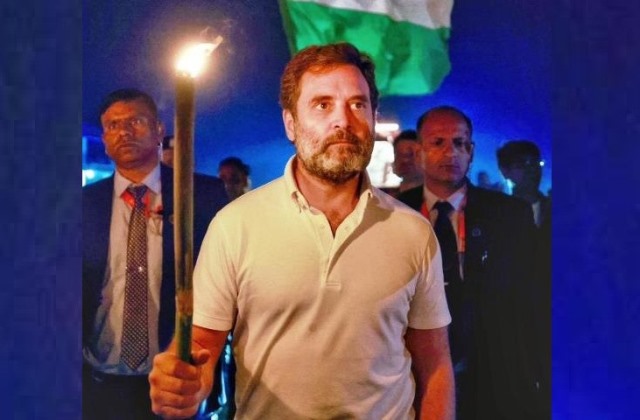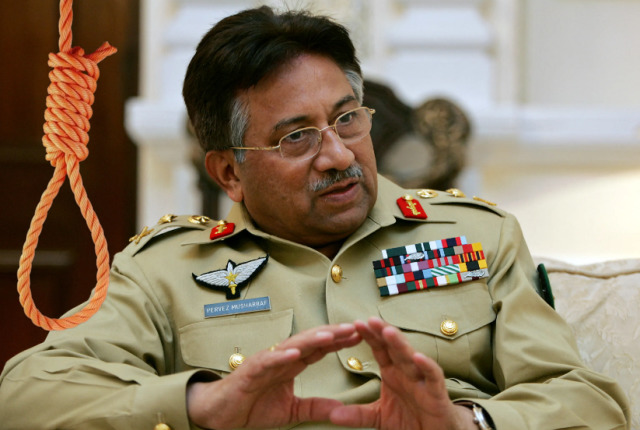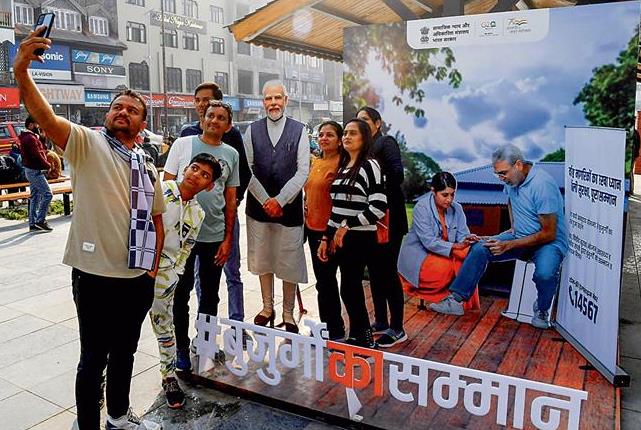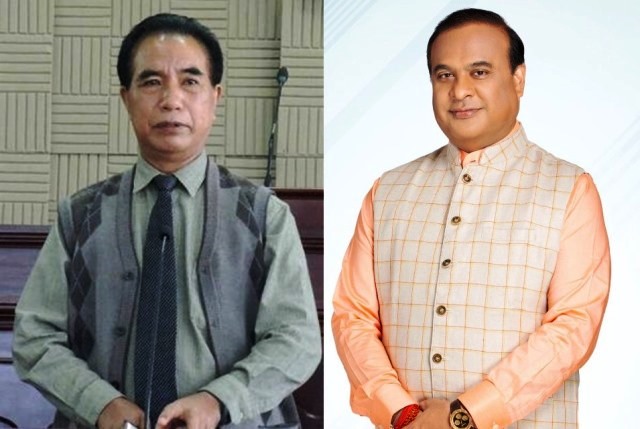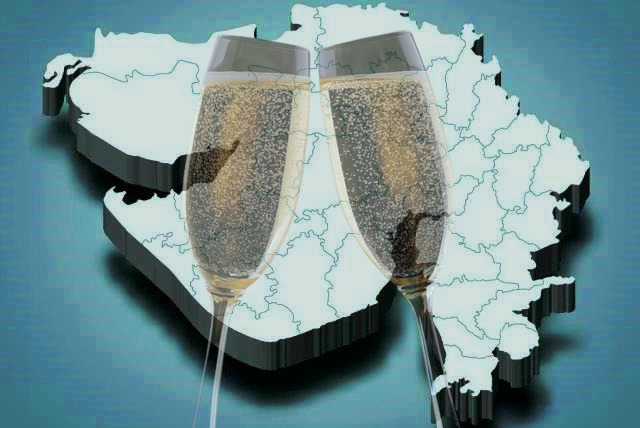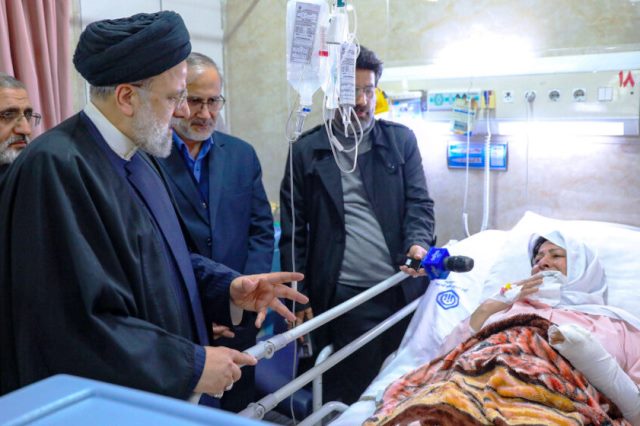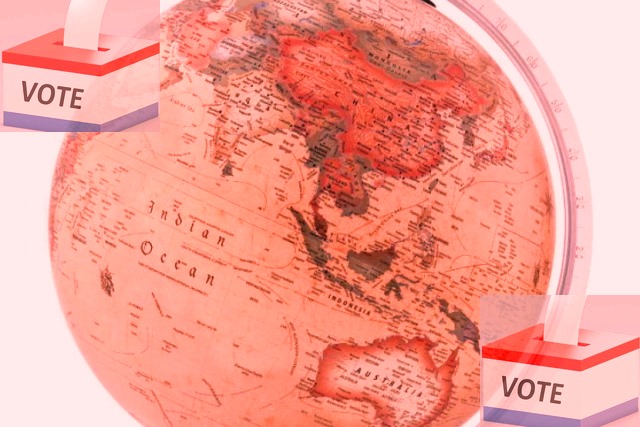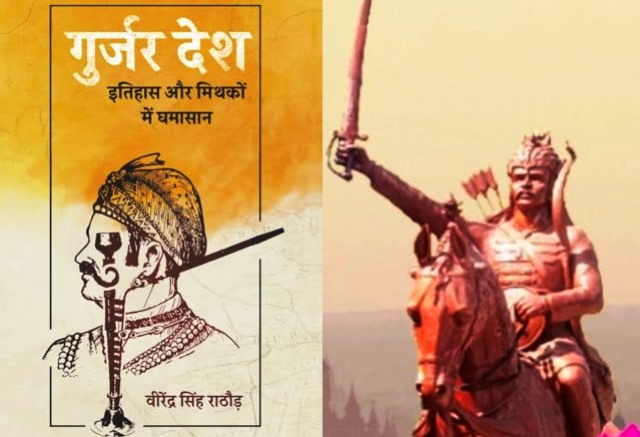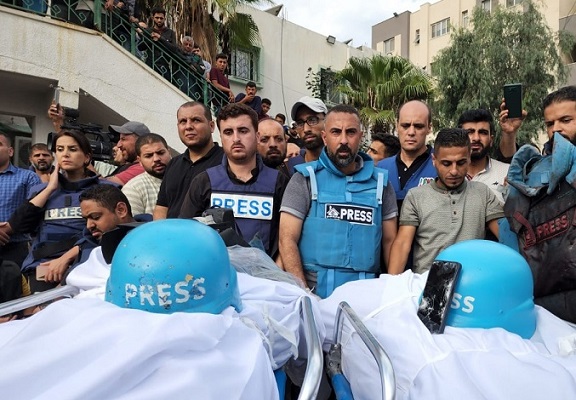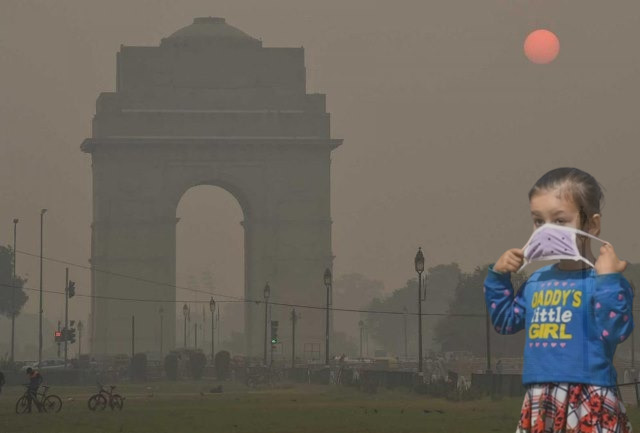While the prime minister hops from one temple to another, and much of the mainstream media has gone on a relentless frenzy about the Ram mandir in Ayodhya, there is no doubt that India is steadily moving towards becoming a theocratic State. That the incomplete temple is the trump card for the BJP in the 2024 polls, especially in the Hindi heartland, is now as clear as daylight. This is yet again evidence that performance and good governance will be pushed to the backdrop, yet again, while social polarization and Hindutva would be the magic wand that the well-oiled BJP-RSS electoral machinery, with deep pockets, will wave in this election year.
It is being projected that the Hindi belt is going through a kind of religious resurrection, propelled by the ruling party in the Centre, and the constitutional principle that the State should be non-partisan and neutral in terms of the religious affairs of citizens, which is essentially a matter of private choice, has been effectively dumped. And, thus, the sacred preamble of the secular Constitution of India, and the values and ideals of the freedom movement – in which the Sangh parivar did not participate, nor make any sacrifice – too, has been dumped into the trashcan of history.
The walls of Delhi and its open spaces, for instance, have been glorifying the pran pratishtha ceremony all over the place, markets and shopping centres have joined in, government holidays have been declared, tempos playing loud devotional music float inside residential areas, and committed RSS cadre have gone from door-to-door distributing little packets with rice, a photo of the temple, and asking people to light diyas in their homes and in mohalla/colony celebrations. Amidst this organized political mobilization in the garb of religion, the PM is temple-hopping or posing for solo photo shoots, even while it is obvious that he is followed by a battery of camerapersons, officials, media and armed commandos.
Forgotten is the fact that the demolition of the Babri Masjid and the bloody aftermath in the Hindi heartland, was universally described then by the media and the nation as a ‘Black Day’ in the history of our secular democracy. A dark shadow of doom and disbelief had descended over India. Scores of journalists were beaten up and robbed in Ayodhya, the preparations for the organized demolition was in full swing much before the eventful destruction, top BJP leaders and certain loyalist-journalists were openly seen celebrating, while the then Congress PM, Narasimha Rao, alleged to be a closet RSS-lackey, chose to look the other way.
In the current circumstances, therefore, the theocratic dimension has become so brazen, that calling India a secular democracy seems like a misnomer. Besides, the ideological division between the North (barring Punjab and Himachal Pradesh), and South and East India, seems starkly apparent, as always in the past. Bengal and South India have been steadfastly holding the secular flag, and the drubbing which the BJP got in Karnataka recently is a big pointer. Besides, what the world now thinks about the ‘largest democracy’ remains an open question.
Meanwhile, Rahul Gandhi’s Bharat Jodo Nyay Yatra Part II is gradually gaining momentum, starting with the effort to heal the still simmering wounds of Manipur, which continues to witness routine killings of citizens and security forces. The fact is that the prime minister, an avid traveller to distant places, has not visited Manipur till date, while his discredited chief minister continues to goof up and display brazen partisanship. As the yatra moves inside Arunachal Pradesh from Assam, even while there seems a near-total blackout in mainstream media, it is a reminder that the seven sisters of the Northeast, sensitively located on international borders, continue to remain distant and alienated from the mainland.
However, amidst this organized cacophony of the Ram Mandir, certain significant signs have emerged in the INDIA alliance which promise, if not promising hope, then, at least, a semblance of strategic and tactical fight. For once, a cocky Congress, which has the knack of snatching defeat from a certain victory, lost three crucial states in the Hindi heartland, including the two in which they were ruling. This has led to the BJP pumping its muscles and Narendra Modi absolutely confident of making it as well in 2024 – all they now need is the blessings of Ram, a surge in Hindutva, and the consequent polarization on the ground. The flipside is that if the Congress had won, it would have once again started flexing its one-upmanship, and the India bloc would have floundered.
ALSO READ: ‘BJP Has Raised And Dumped Ayodhya Issue Cyclically’
Now, the Congress has done at least two things which seem perfectly reasonable. One, they have abandoned the soft-Hindutva card (blatantly used by an arrogant Kamal Nath in Madhya Pradesh) by refusing to join the mandir inauguration, and second, that they have promised to restrict the party to 255 seats in the Lok Sabha elections. Not only the Congress, almost all the parties in the INDIA bloc refused to go to Ayodhya on January 22. This is certainly a good sign, and reinforces the opposition space as a secular space and defies the partisan dominant narrative.
Second, seat-sharing talks have started happening at a rate faster than imagined, and with reasonable consensus and flexibility. Even Akhilesh Yadav, who has already clichéd a deal with the Rashtriya Lok Dal in Western UP, is ready to be consensual, despite the fact the Congress, foolishly, refused to give his party even one seat in the assembly polls in Madhya Pradesh, like it did with other smaller parties in Rajasthan and Chhattisgarh. With no base left in UP, Priyanka Gandhi having failed to break ground in the last instance, the Congress would do well to climb down from its disproportionate demands, and follow the dharma of the alliance. If the BSP joins the alliance in UP, despite the loud opposition of the Samajwadi Party, it might not be a cake-walk for the BJP.
The AAP has finally opened talks with the Congress, and their joint Mayor candidate in Chandigarh is a potential sign of unity. While the AAP must concede more seats in Delhi and Punjab, the Congress would do well to accommodate them with a big heart in Haryana, Gujarat and Goa. All forms of symbolism helps in a protracted tactical struggle.
The Congress has only two Lok Sabha seats in Bengal which Mamata Banerjee is ready to give them. These are their traditional strongholds in Murshidabad/Behrampur and Malda, Its demand for more seats, therefore, is unreasonable, as is the aggressive stance of Adhir Ranjan Choudhury. The CPM is a spent-force in Bengal, with zero seats, even while it should remember that its cadre and supporters voted for the BJP in the last general elections – leading to the BJP getting 18 MP seats, an impossibility at one time.
With the South firmly out of the BJP’s grasp, and Bengal and Punjab too joining, if the Opposition alliance can restrict BJP to less than 250 seats in the cow belt, then there is a real chance for a new government arriving in Delhi. Or else, the secular democracy that is India, will definitely enter an era of doom, and it will be once again, darkness at noon.
